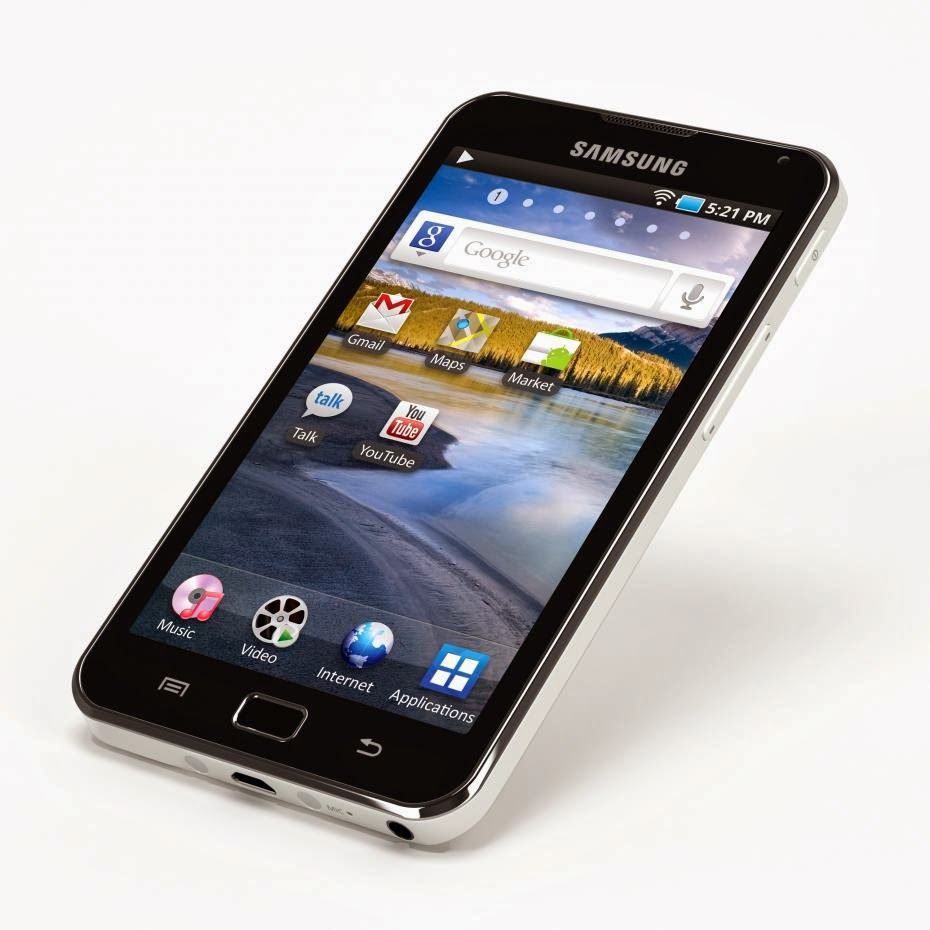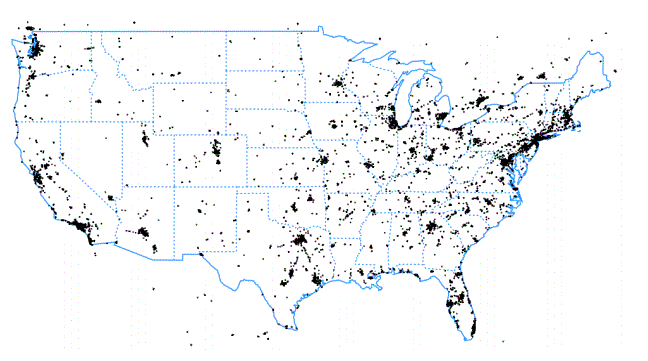What am I talking about? Collecting millions of pressure observations each hour from smartphones.
The skill of weather forecasts, and particularly predictions of smaller-scale features, such as severe thunderstorms or strong fronts, depends on having detailed observations of the atmosphere. And even today, meteorologists often don't have enough. As we secure more computer power and run our models at finer and finer resolution, we need the data to describe small-scale structures that can lead to tornadic thunderstorms, flash floods, downslope windstorms, and other serious threats to life and limb.
Surface pressure is a uniquely valuable observation. It is the only surface parameter that reveals information about the whole depth of the atmosphere (since pressure is dependent of the weight of the atmosphere above). Recently, atmospheric scientists demonstrated they could determine the entire structure of the atmosphere with pressure observations alone. Pressure observations can be taken inside or outside of a building, in your pocket or purse, in the the sun or out. It is a forgiving observation to make.
And initial research, like that done by my graduate student Luke Madaus, has revealed that additional pressure observations can substantially improve forecasts of small scale storms and weather features. For example, using only a handful of smartphone pressure observations substantially improved the forecasts of thunderstorms over the eastern slopes of the Cascades (see figure).
The radar echoes on the eastern side of the Cascades (thin solid lines) compared to the predictions of max thunderstorm radar returns from a collection of forecasts (colored dots). Left side, without smartphone pressures, right side, with smartphone pressures. The right side is much better!
Forecasting the initiation of major thunderstorms in the Midwest and Great Plains depends on knowing the details of wind, temperature, and pressure. A dense network of smartphone pressure might greatly enhance such forecasts.
In several past blogs (here and here), I told you about the excellent pressure sensors that are in a number of Android smartphones (e.g., Samsung Galaxy S3, 4, 5;Samsung Nexus) and a few others (e.g., Nokia 1020). Today, there are probably 10-20 million Android phones in North America alone that are taking pressure measurements-- measurements folks in my professions need.
During the past two years I have been talking to two energetic, young start-up firms that are collecting pressure observations from smartphones through two free apps (Pressurenet and OpenSignal). The principals of these firms have shared the pressure data with me to evaluate the potential of the phone pressure sensors. Combining both groups' collections, which I get in real time, results in about 25,000 pressure observations per hour across North America (see graphic, each dot is one pressure observation)
In some metropolitan areas there are so many observations that the figure turns black, but there are plenty of areas of poor coverage, including regions (like the Great Plains) with terrible storms. In reality, the current collection is only securing data from one thousandth of the smartphones out there. Imagine, what a million observations per hour would look like. I suspect the eastern half of the U.S. would turn black and coverage over the west would get far better. Remember, farmers and ranchers have smartphones and so do folks traveling the interstates and other roads.
But now we get to the problem and why Google is essential. Only a very limited number of people have loaded the free pressure apps and we probably will never get the density we need following this route. We need to put the code for collecting the pressure observations and the position of the smartphone in software that millions of folks have. And because most of the smartphones with pressure are Android base, the software has to work on Android phones first and foremost.
What one company has the ability to do this? You know who: Google.
Imagine if GoogleMaps, which is surely used by millions, collected pressure information. That app is already transmitting position to Google to allow determination of car speeds. Pressure would be a relatively trivial addition.
Or even better, what if the Android operating system itself collected the pressures (after giving the user a chance to op out, of course.)
Google could do this and have a tremendously positive impact on society, hopefully sharing the data with the National Weather Service, the research community, and the U.S. weather industry.
I have talked to my friends in Google and several have tried to talk to contacts at Google's Mountain View headquarters. I have emailed the head of GoogleMaps. Nothing has happened. No response at all.
Perhaps one of you is well connected with someone high enough in Google management to get someone's attention. If so, maybe you can help. Or maybe someone in Google management reads this blog. Google is working on lots of technological advances, like autonomous cars. Why not improving weather prediction? If invited, I am ready to fly down to the Bay Area to talk or give a presentation on this issue.
If Google won't do this, the next obvious possibilities would be Facebook or Twitter, both with huge installed bases of app users. Anyone in those organizations interested n helping? Perhaps Mark Zuckerberg is a weather enthusiast. And if any of you know of any Android app used by millions of people that I missed, let me know about it....I would love to talk to the principals of that group. And, of course, the greatest home run would be if Samsung included the software in every phone.
It is frustrating to see all the pieces of a technology that could really contribute to the safety and economic interests of people all over the world, yet they have not come together. Maybe, with the right connections, we can realize the potential of the pressure observations folks are already taking every day without realizing it.




.jpg)












No comments:
Post a Comment